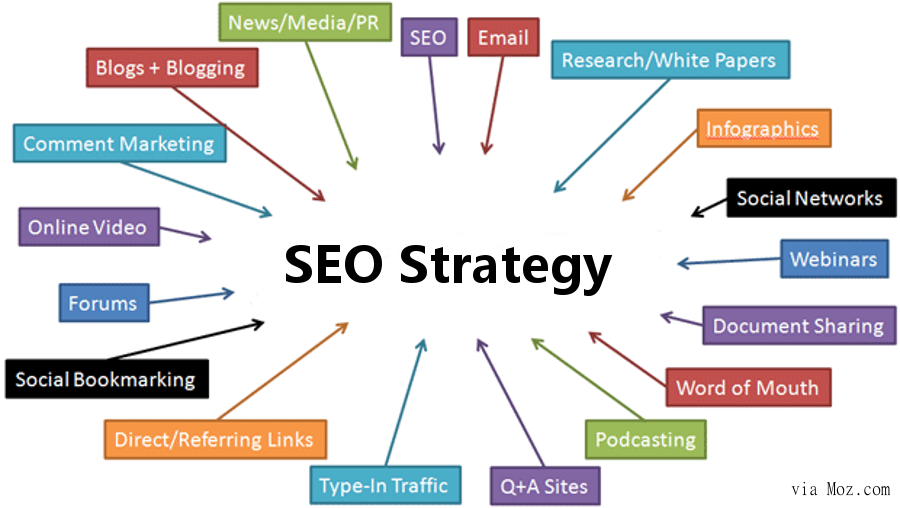Assuming Outside the Box: Leveraging Unusual Tools to Maximize Google Analytics Efficiency
In the world of digital advertising, the quest for enhanced Google Analytics performance has actually come to be a strategic necessary for organizations looking for to fine-tune their on the internet visibility. Typical approaches commonly drop short in capturing the complete spectrum of customer communications and habits. By checking out unusual mediums as opportunities of data collection, a new realm of possibilities arises. These undiscovered territories provide a wealth of untapped understandings that could possibly transform the way we recognize and enhance our digital methods.
Unique Data Sources

CRM systems, for instance, can supply insights into private consumer communications, purchase history, and choices, which can be integrated with Google Analytics information to develop more individualized advertising and marketing methods. Social media systems offer important information on individual demographics, interests, and involvement metrics, enabling services to determine the effectiveness of their social networks projects and maximize content for far better efficiency. Email marketing information, consisting of open prices, click-through rates, and conversion metrics, can likewise be leveraged to track user involvement and behavior past web site interactions captured by Google Analytics. By leveraging these one-of-a-kind information resources, services can fine-tune their methods, improve targeting initiatives, and boost general Google Analytics performance.
Social Media Insights

Furthermore, social networks analytics devices make it possible for businesses to track key efficiency signs, monitor campaign performance, and measure the influence of their online activities. Understanding the demographics of fans, identifying popular content styles, and examining engagement levels can help companies tailor their advertising and marketing approaches for far better outcomes.
Offline Advertising And Marketing Integration
Integrating offline advertising and marketing strategies with digital analytics can improve general campaign performance and offer a much more comprehensive understanding of customer actions. what is not considered a default medium in google analytics. By bridging the gap in between online and offline efforts, services can track the influence of standard advertising and marketing networks such as print advertisements, TV commercials, straight mail, and occasions on their on-line visibility

Moreover, executing phone call radar for offline marketing tasks makes it possible for businesses to catch useful data on client questions produced with published materials or promotions (what is not considered a default medium in google analytics). By assessing phone call data along with on the internet metrics in Google Analytics, companies can obtain much deeper insights right into the customer trip and enhance advertising approaches for better performance throughout all networks
IoT and Wearable Technology
Using IoT and wearable innovation in digital analytics can reinvent data collection and customer understandings for services seeking a deeper understanding of user habits patterns. Wearable innovation, such as smartwatches or physical fitness trackers, can offer understandings right into user activities, health metrics, and also place data.
Gamification Techniques
The implementation of gamification approaches in digital analytics provides a cutting-edge approach to improving customer interaction and driving workable insights for companies. By incorporating game-like aspects such as factors, badges, leaderboards, and rewards into the analytics interface, companies can encourage customers to engage much more often and meaningfully with the information.
Gamification motivates customers to check out different functions of the analytics system, uncovering beneficial insights that might have or else gone unnoticed. With interactive challenges and development monitoring, customers are incentivized to dive much deeper Homepage right into the information, leading to increased time invested in the platform and a higher possibility of discovering vital patterns or patterns.
Moreover, gamification can cultivate a feeling of competitors among users, spurring them to pursue greater performance and involvement levels. This competitive spirit can drive raised customer fostering prices and an extra thorough usage of the analytics tools available. Eventually, by leveraging gamification strategies in digital analytics, organizations can produce a more effective and appealing atmosphere for customers, leading to more educated decision-making and boosted overall efficiency.
Conclusion
Finally, leveraging unique mediums such as one-of-a-kind information resources, social networks insights, Home Page offline advertising and marketing integration, IoT and wearable technology, and gamification approaches can enhance Google Analytics performance. By thinking outside package and checking out these alternate resources of information, organizations can get important understandings and improve their total advertising approaches. It is crucial for business to constantly discover new means to gather data and examine it in order to remain ahead in the ever-evolving electronic landscape.
By incorporating information from sources such as customer connection monitoring (CRM) Look At This systems, social media systems, and e-mail advertising and marketing projects, businesses can obtain an extra comprehensive understanding of their audience habits and interaction patterns. Social media platforms provide valuable information on individual demographics, passions, and interaction metrics, allowing services to determine the performance of their social media projects and maximize web content for far better efficiency. By leveraging these special data sources, companies can refine their strategies, improve targeting initiatives, and boost general Google Analytics performance.
Exploring social media understandings can give organizations with beneficial information on user demographics, interests, and interaction metrics, allowing for notified decision-making and strategic optimization of advertising and marketing efforts. By thinking outside the box and checking out these different resources of information, companies can gain beneficial understandings and enhance their total advertising and marketing approaches.